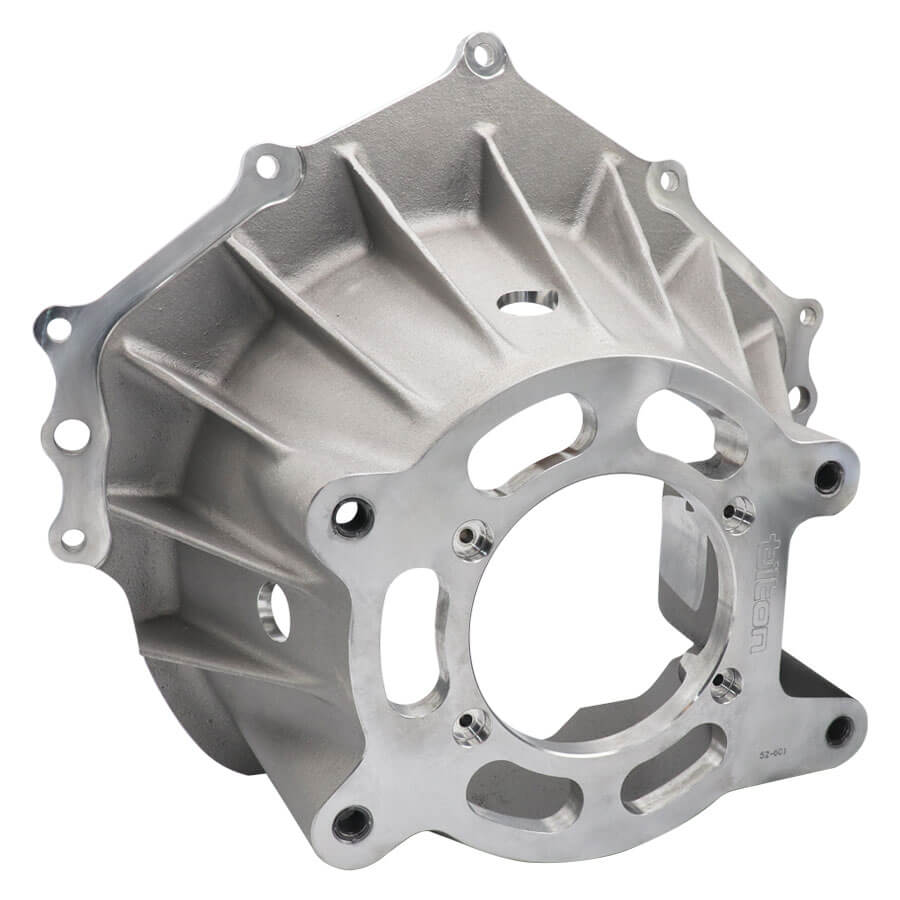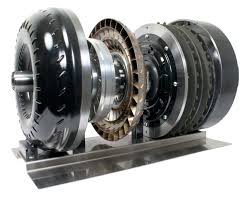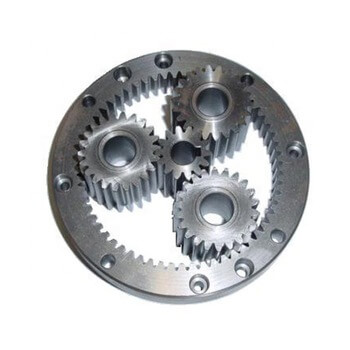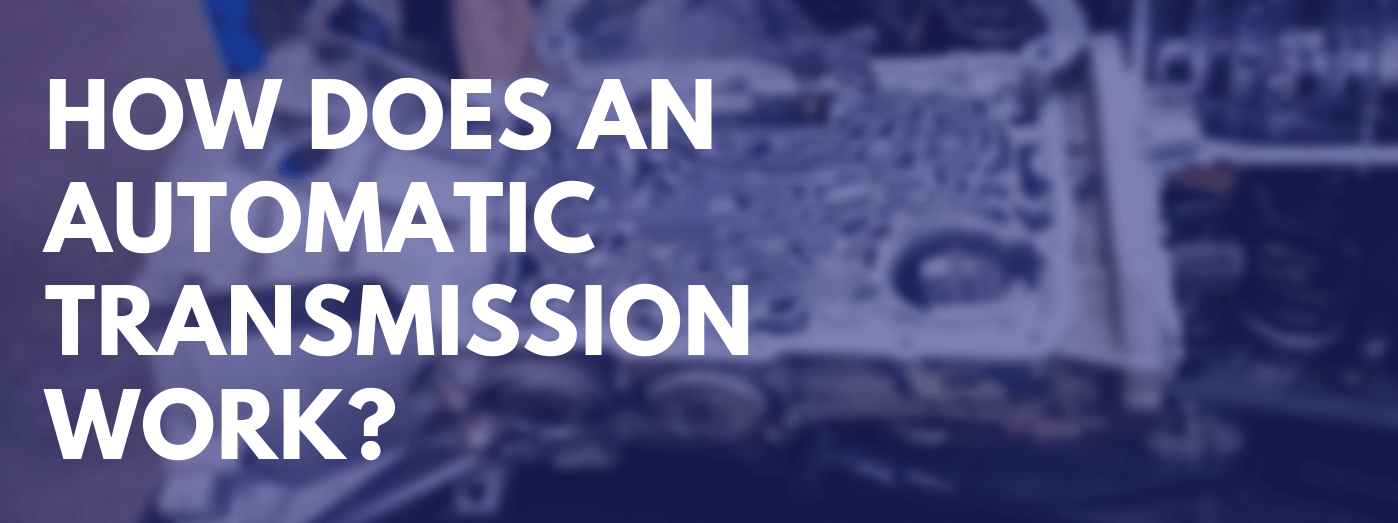How Does an Automatic Transmission Work?
Despite the huge number of automatic vehicles on our roads, most drivers are completely unaware of how an automatic transmission works. Have you ever stopped to consider how your car shifts gears automatically or why the engine does not die when you come to a stop?
Well, if you have, then this blog is for you. While we don’t promise to give you a deep understanding of this complex system, we pledge to simplify it to point where you have some idea of what’s going on in a traditional, torque converter-based system.
Need Urgent Help? Contact Us Now!
What is the Purpose of a Transmission?
Your vehicle’s engine creates rotational power, otherwise known as torque. To be able to move your vehicle, this power needs to be transferred to the wheels. However, in order to operate efficiently, an engine must spin at a specific speed. If it spins too fast, the engine could potentially self-destruct. Too slow and your vehicle won’t budge.
Your transmission sort of acts like a power switchboard for your car. It provides your wheels with the perfect amount of power depending on the situation. For example, if your vehicle is starting from a standstill or going up a hill, it will increase the amount of power. However, if you are going downhill or slam on your breaks, it will decrease. Your transmission will ensure that your engine always spins at the optimal rate.
Main Parts of an Automatic Transmission
 | 1. Bell HousingTo get a better understanding of how an automatic transmission works, the best place to start is the bell housing, which contains a torque converter as opposed to a clutch found in manual vehicles. The bell housing is the place where the transmission connects to the engine. Inside the transmission is the planetary gear sets, which are responsible for providing different gear ratios. The torque converter and the planetary gear sets are the two main components of an automatic transmission – so let’s look at them a bit closer. |
 | 2. Torque ConverterYou know how you have a clutch on a manual transmission? A torque converter basically takes its place in an automatic transmission. The major parts of a torque converter are the impeller, turbine, stator and the lock-up clutch. So how do all these parts work? Well, the impeller is part of the torque converter that connects directly to the engine. It drives the turbine, which in turn is connected to the transmission input shaft where it provides torque. Transmission oil flows in a loop between the impeller and turbine. Between these two components sits the stator, which redirects the fluid as it returns from the turbine to the impeller. This minimalises churning loses and increases torque output. By providing you with more torque, it assists you with accelerating or when your vehicle is stationary (the reason your car never stalls). |
 | 3. Planetary Gear SetThe torque converter clarifies how the engines send power to the transmission, but the planetary gear sets explain how an automatic transmission changes gear. The planetary gear set is really the heart of an automatic transmission. This one part creates all the possible gear ratios that the transmission can produce. All planetary gear sets have three main components, which are:
As you can probably work out, the planet gears rotate around the sun gear, while the planet carrier connects the planet gears. The ring gear is on the outside and meshes with the planet gears. By using the clutches and brakes, it alters the input and output of the system, which changes the overall gear ratio. All three parts can be the input, output or remain stationary. Depending on what role each part plays, it will determine the gear ratio for the gear set. That is how an automatic transmission knows when to change gears. |
Contact the Automatic Transmission Experts Today!
As you can see, automatic transmissions aren’t some kind of black magic – it’s just a set of parts working together.
We hope this has illuminated your understanding of automatic transmissions and helped to foster an appreciation of how ingenious this system is.
We think they are great, but we may be biased as we work with them every day. For all automatic transmission enquiries, contact the Automatic Transmission R Us team by calling us on (08) 9785 0221, emailing info@autotransrus.com.au, or submit a contact form!

